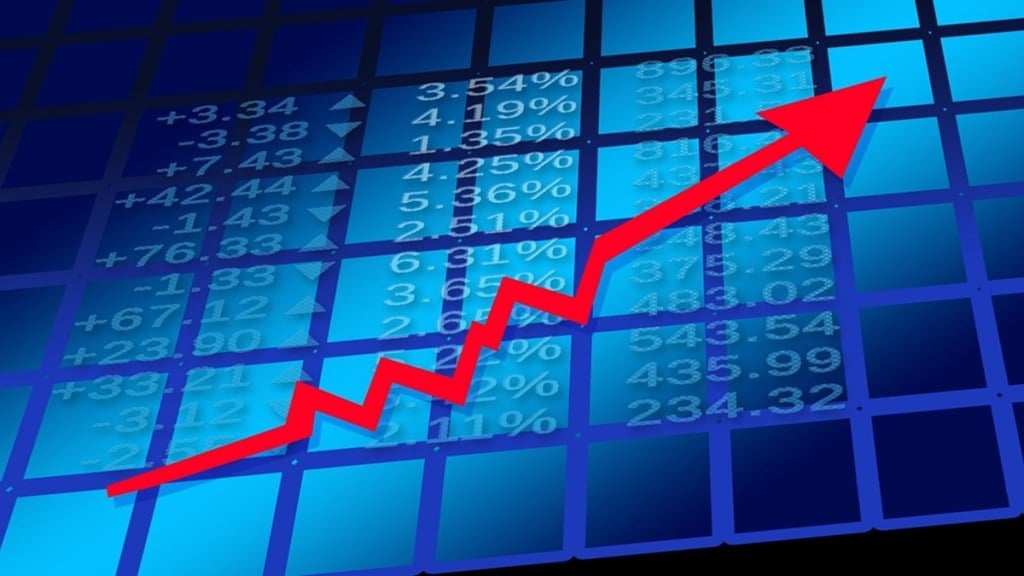BY José Torres
Markets are moving indecisively this morning as today’s Consumer Price Index report showed that price pressures accelerated in January. This is sour news for market participants and the Federal Reserve (Fed) alike, who have recently been cheering signs of “disinflation.” The latest CPI data reminds us that lower inflation readings in the recent past don’t guarantee a downward trajectory.
Simultaneously, part of January’s inflation reacceleration is driven by the loosening of financial conditions, which calls for the Fed to tighten its monetary tightening stance and rhetoric. A failure to do so will lead to volatile inflation readings, an adverse reality when looking to achieve 2% inflation.
Markets are flip-flopping strongly with the bears taking the lead, then losing it, and then regaining it again. The market is now expecting the Fed to deliver three more 25 bps hikes at its next three meetings, which is widening the yield curve inversion to -86 bps, a level not seen since Fed Chairman Paul Volcker and President Reagan’s administration, more than four decades ago.
The January CPI report came in hotter than expected and accelerated from December. Consumer prices rose a whopping 0.5% on a month-over-month (m/m) basis, in line with expectations and shattering the previous release of 0.1%.
The pivotal core category, which excludes food and energy, offered no surprises, rising in line with expectations and at the same rate as the previous report: 0.4%. On a year-over-year (y/y) basis, consumer prices rose 6.4%, hotter than the 6.2% consensus forecast.
When excluding food and energy, core consumer prices rose 5.6% y/y, hotter than the 5.5% anticipated. On balance, accelerating inflation is awful news for the Fed and separately for investors who had transitioned from hoping for a Fed pivot to thinking the inflation battle would be done soon.
Price pressures were broad-based with almost every category rising at a pace inconsistent with the Fed’s 2% target. Inflation was led by energy services (utilities), energy (gasoline), medical care commodities, transportation services, apparel, shelter and food at dining establishments featuring lofty price increases of 2.1%, 2%, 1.1%, 0.9%, 0.8%, 0.7% and 0.6% during the month respectively.
Food at home and new vehicles also contributed to the increase but at more modest levels. Used cars and trucks and medical care services achieved price declines of -1.9% and -0.7%. Used cars surprised me in this report because my real-time measures including anecdotal evidence and channel checks from dealerships across the country pointed to an increase.
While inflation persists, many sectors are hurting from demand destruction. Technology companies have for the most part generated disappointing earnings and revenue while providing weak guidance and announcing large layoffs. Separately, the services industry is being closely watched because it is experiencing persistent inflation.
Investors are likely to see market volatility in the coming days driven by disillusionment over previous optimism that the Fed would back off its higher interest rates for a longer-than-expected approach to fighting inflation. On top of that concern, the year-to-date market rally has pumped up equity valuations despite a weakening outlook for corporate earnings. The combination of expectations for a longer inflation battle, higher valuations and weakening earnings is likely to be a bitter pill for investors. This year, however, momentum, fear of missing out (FOMO) and speculative frenzies have led to higher prices.
(Author is Senior Economist at Interactive Brokers)
